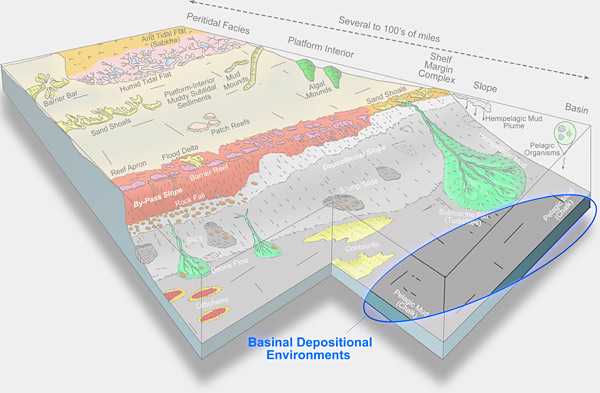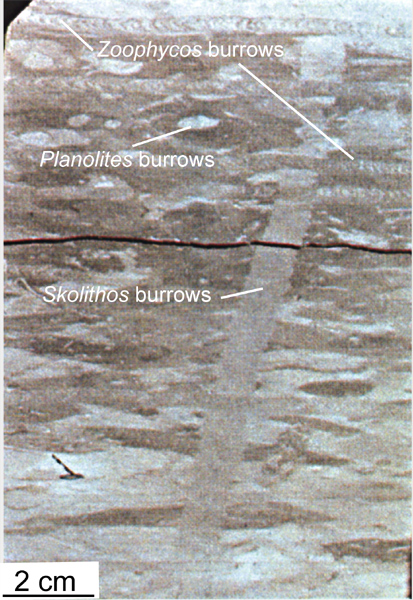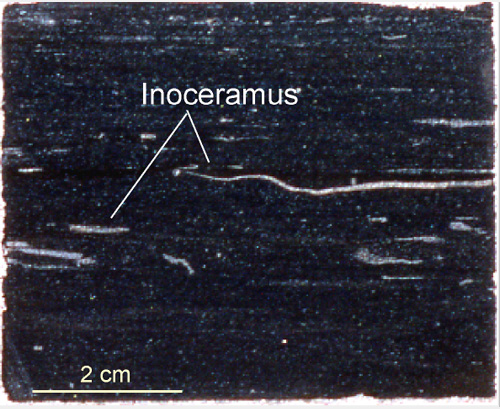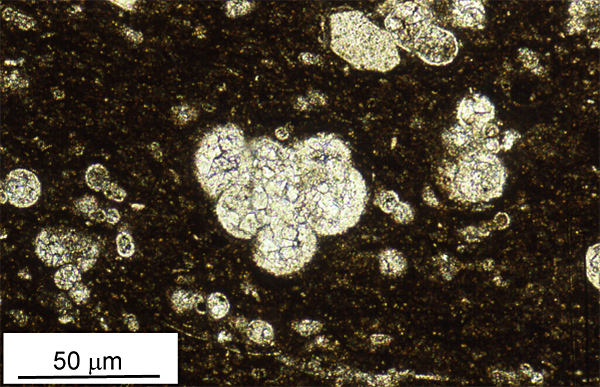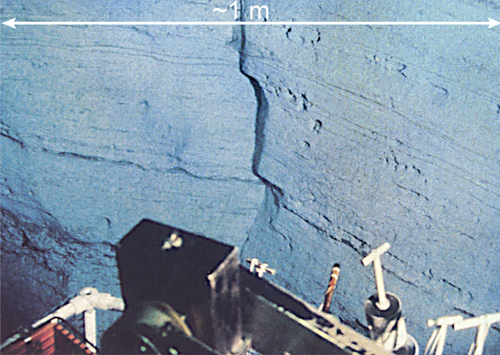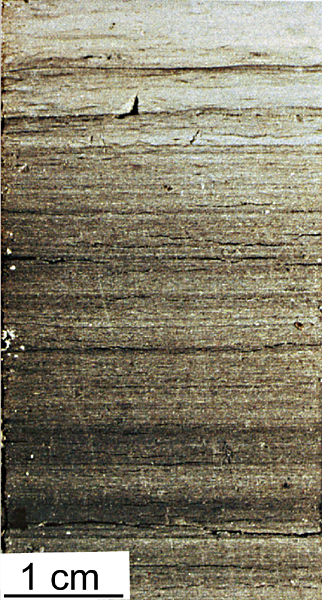
Platform-Margin, Slope, and Basinal Carbonate Depositional Environments
Robert G. Loucks, Charles Kerans, Xavier Janson
Bureau of Economic Geology
| Design Objectives |
| Glossary |
| Credits |
| Back |
| Top |
| Exit |
 |
 |
 |
| Basinal Depositional Environments
|
Sediments of the basinal system are characterized by low-energy suspension mud deposits. Hemipelagic sediment: This is fine-grained material derived from the platform and resedimented by suspension into the basinal environment (Cook and Mullins, 1983). It is transported by sediment plumes off the shelf or as the fine component of turbidites. Shallow-water fauna can be transported with this material. Pelagic sediment: This sediment is deposited by slow grain-by-grain deposition of material biochemically produced in surface waters (Cook and Mullins, 1983). Cook and Mullins (1983) stated that for the past 100 to 150 m.y. (Mesozoic Period to Recent), pelagic sediments have been composed of (1) planktonic Foraminifera living near the ocean surface, (2) coccolithophores (algae living at the ocean surface, and (3) other nannofossil groups. Rocks made predominantly of coccoliths (plates of coccolithophores) form chalks. Cook and Mullins (1983) went on to state that in the Paleozoic and early Mesozoic times, few animals or plants lived in the near-surface ocean water and many Paleozoic and early Mesozoic basins show “starved-basin” sedimentation (shales, cherts, minor carbonates). Pelagic sediments deposited under low-oxygen conditions commonly forms source rocks. Hardground surfaces: During prolonged periods of nondeposition or extremely slow deposition in the basin, cemented “hardground” surfaces can form. The surfaces are marked by phosphatization and borings. |
||
| Rock Types | ||
Consist
of burrowed to laminated,
very fine grained mudstones to packstones. Some can be highly
organic rich where deposited in anoxic conditions and form hydrocarbon
source rocks. |
||
|
||
|
||
|
||
|
||
|
||
|
|
||
